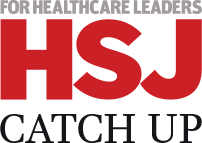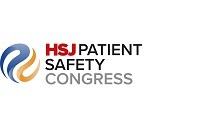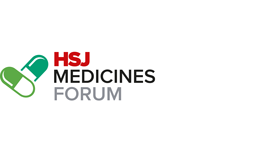The must-read stories and debate in health policy and leadership.
- Today’s bailout: Help coming for major hospital development
- Today’s promise to intensive care clinicians: ‘No arbitrary thresholds’ if ICUs get overwhelmed
We all heard how the NHS would get “whatever” resources it needs to deal with covid-19 and how finance teams were liberated, to an extent, from some of their familiar duties and tasks to do so.
Now it seems, as focus moves to the second phase of recovery, the centre is looking to steady the oars again. NHS England made a double announcement this week highlighting first where it expects spending will increase (workforce and testing certainly) but also, in a tightening of the rules, that all covid-related capital spending will require national signoff.
This is a row back from when, at the start of the crisis, it only asked this when costs topped £250,000. What prompted this decision? Whatever the case, it appears that after a brief rest in the shadows the magnifying glass is starting its return to the NHS back office.
Next gen information
Little data on prevalence of antibodies in the population following covid-19 infections has been published so far.
But HSJ can reveal preliminary findings of Public Health England’s “seroprevalence” study, which aims to provide greater insight into the spread of the virus in the population.
The headline finding – described by PHE’s head of immunology as “unexpected” – was that the infection rate appears highest in the 17-29 age group.
This is in stark contrast to the level of disease in the country, which is “predominantly” suffered by older adults – PHE’s Mary Ramsay explained on an industry webinar this month.
It is still very early days and PHE stressed these were only preliminary findings and that the data is “crude”.
But the study is a key step towards informing government ahead of further changes to the lockdown.

























No comments yet